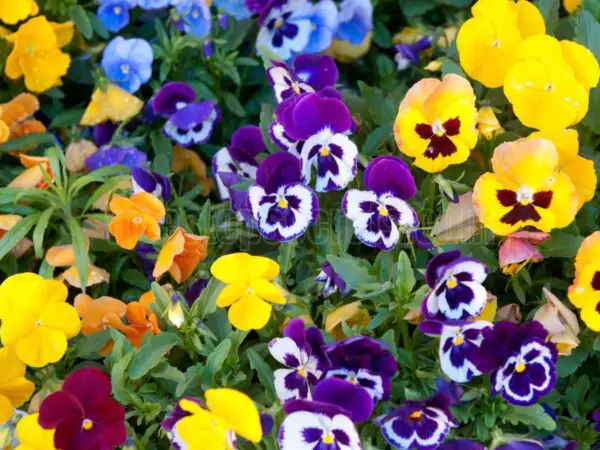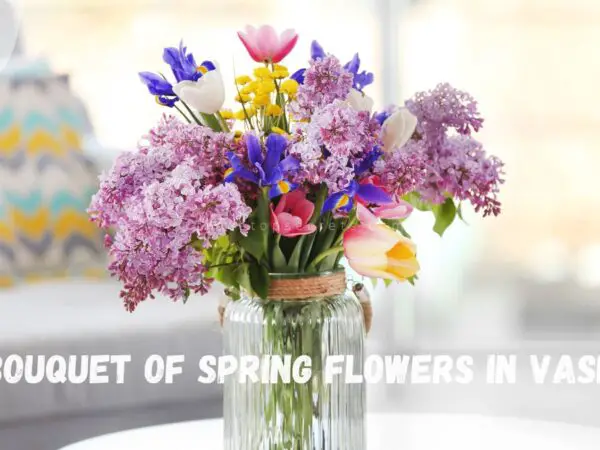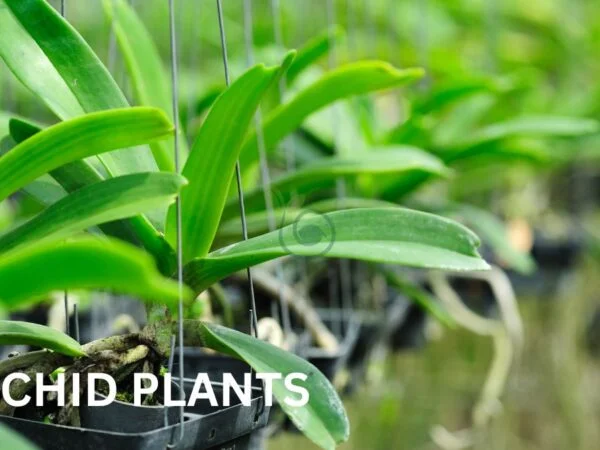Drying beautiful hydrangeas is a time-honored craft that dates back centuries, allowing you to enjoy oakleaf hydrangeas and reply hydrangeas indoors. This beautiful bloom, including hydrangea blossoms and large showy flowers, has been cherished in gardens and homes for generations. People love to preserve its stunning colors and unique shapes, especially colorful flowers in vases and beautiful flowers with brown petals. Learning how to dry hydrangea bloom flowers using vase drying can help you create lasting decorations, gifts, or keepsakes.
The process is simple and rewarding. You can enjoy the beauty of these hydrangea flowers long after their blooming season. With just a few easy steps, you can transform fresh hydrangea blooms into dried masterpieces. Whether you want to enhance your home decor or create thoughtful gifts, knowing how to dry hydrangea bloom flowers opens up endless possibilities for creativity.
Importance of Timing
Best Time to Cut
The peak bloom period for hydrangea flowers is crucial for drying. This typically occurs in late summer, around July to August, depending on the hydrangea flower variety. During this time, hydrangea blooms are vibrant and full of color. They have reached their maximum size and beauty.
Observe the color changes in the flowers. When hydrangea flowers change from bright colors to softer tones, they are ready for cutting. Look for hints of browning at the edges or a faded appearance of the hydrangea flower. These signs indicate that the hydrangea blooms are mature enough for drying.
Choose a sunny day for cutting. Wait until the dew has evaporated to avoid excess moisture on the hydrangea flowers. This helps prevent mold during the drying process. Cutting hydrangea in dry conditions ensures that you start with the best possible flowers.
When Not to Cut
Avoid cutting hydrangeas during rainy or overly humid days. Moisture can cause problems when drying. High humidity can lead to rot or mildew on the hydrangea flowers. It’s important to ensure that conditions are dry before harvesting.
Refrain from cutting any hydrangea flowers that appear wilted or damaged. These hydrangea blooms won’t retain their shape or color well during drying. Damaged hydrangea flowers can also introduce bacteria into your drying process.
Do not cut blooms that have not fully opened yet. Flowers that are still tight will struggle to dry properly. They may end up browning or becoming mushy instead of maintaining their structure.
Making the Cut
Tools You Need
Sharp pruning shears are essential for this task. They ensure clean cuts and minimize damage to the flowers. A bucket or container is also necessary to hold the cut flowers while preparing them. This helps keep everything organized.
A drying rack or hanging line is important for the next step. These tools allow flowers to dry properly without losing their shape. Having everything ready makes the process smoother.
Cutting Techniques
Start by cutting stems at an angle. This technique promotes better water absorption during drying. It can also help prevent stem rot later on.
Leave a sufficient stem length of 12 to 18 inches. This length makes handling and arranging easier after drying. Longer stems can be beneficial when creating arrangements.
Removing leaves from the stems is crucial. Leaves draw energy away from the blooms during drying. By focusing energy on the flowers, they retain their beauty longer.
Avoiding Damage
Handle flowers gently throughout the process. Bruising or crushing petals can ruin their appearance. Careful handling keeps them looking fresh and vibrant.
Avoid overcrowding when placing flowers in containers. Overcrowding can lead to stress on the blooms. This stress may cause damage or premature wilting.
Support stems while cutting to maintain their integrity. Using both hands helps stabilize the flower and prevents unnecessary bending or breaking. Proper support ensures that each cut is precise.
Drying Methods
Water Drying
Fill vases with water and place cut hydrangea flowers upright. This method starts the drying process while keeping the blooms hydrated. Monitor water levels regularly. Replenish as needed to ensure the flowers stay fresh.
Allow natural evaporation of the water for gradual drying. This technique can take several weeks. The longer the flowers remain in water, the more vibrant their colors will stay.
Hanging Method
The hanging method is simple and effective. Gather a small bunch of hydrangeas and tie the stems together with string or rubber bands. Hang them upside down in a dry, dark place. A closet or attic works well for this purpose.
This method allows air to circulate around the flowers, preventing mold growth. It usually takes about two to three weeks for them to dry completely. Once dried, they retain their shape and color beautifully.
Silica Gel Method
Prepare silica gel in a container to absorb moisture quickly from blooms. This method offers fast results compared to others. Submerge flowers completely in silica gel for effective drying. Make sure no petals are sticking out.
Follow specific timing guidelines to avoid over-drying or damaging petals. Typically, hydrangeas should remain in silica gel for 2-7 days, depending on their size and moisture content. Check your flowers daily for best results.
Indoor Drying
Choose a well-ventilated room with low humidity for indoor drying. Avoid areas that receive direct sunlight to maintain their color vibrancy. Sunlight can fade the beautiful hues of hydrangeas.
Regularly check the drying progress to ensure optimal results. Depending on the conditions, indoor drying can take one to three weeks. Adjust your methods based on how quickly or slowly your flowers are drying.
Water Drying Technique
Arranging in Vases
Select vases that match the size and shape of your dried hydrangeas. A tall vase can highlight the height of the blooms. A shorter vase may work better for compact arrangements.
Experiment with different arrangements to showcase the blooms creatively. You can cluster several hydrangeas together for a bold look. Alternatively, consider spacing them out for a more delicate appearance. Mixing dried hydrangeas with other dried flowers adds texture and interest. Flowers like lavender or baby’s breath complement hydrangeas well.
Allowing to Dry
Be patient during the drying process. It can take several weeks for hydrangeas to dry completely. Check regularly for stiffness in the petals. This is a sign they are drying properly.
Snap a stem gently to test its readiness. If it breaks easily, the flowers are ready to use. Avoid rushing this process to ensure quality. Properly dried flowers maintain their color and shape better.
Hanging Method
Preparing Blooms
Trim any excess foliage before starting the drying process. Leaves can trap moisture, which may lead to mold. Cutting them off helps the flowers dry more effectively. Clean blooms gently to remove dirt or insects. This step ensures that nothing interferes with the drying process. Use a soft brush or cloth for this task.
Group similar varieties together for consistent drying results. Different types of hydrangeas may have varying moisture levels. This can affect their drying time and appearance. By keeping them together, you ensure they dry at the same rate. This will result in a more uniform look once dried.
Proper Hanging Spots
Identify locations with good airflow and minimal light exposure for hanging your flowers. Air circulation is crucial for effective drying. Areas like attics or well-ventilated rooms work best. Avoid damp areas like basements that may hinder the drying process. Moist environments can cause flowers to rot instead of dry.
Use hooks or nails to securely hang flower bundles without damaging them. Make sure to tie the stems together tightly but not too tightly to avoid crushing them. Hang them upside down to allow gravity to assist in the drying process. This position helps maintain their shape and prevents wilting.
Preserving Blooms
Maintaining Color
Hydrangeas can lose their vibrant hues over time. To keep the pink hydrangea and other colors alive, store dried blooms away from direct sunlight. Sunlight can cause fading and dullness.
A light mist of hairspray can help preserve both color and shape. This simple step adds a protective layer. It keeps petals looking fresh. Regular dusting also plays a crucial role. Dust accumulates on dried flowers, making them appear lifeless. Gently wipe them with a soft cloth to maintain their beauty.
Avoiding Mold
Mold is a common issue when drying flowers. Ensure that hydrangeas are completely dry before storing them. Any moisture left behind can lead to mold growth.
Low humidity levels in storage areas help inhibit mold development. Consider using a dehumidifier if needed. Inspect dried flowers regularly for signs of mold or decay. Early detection is key to preventing further damage.
Different types of hydrangeas require similar care when drying. Smooth hydrangeas, big leaf hydrangea, and oakleaf hydrangeas all benefit from these preservation methods. Each type has unique colors and shapes that deserve attention.
Using a flower sealant can also extend the life of your blooms. This product provides an additional protective layer against environmental factors. Follow the instructions carefully for best results.
Common Mistakes
Timing Errors
Cutting hydrangea flowers at the wrong time can ruin your drying efforts. Recognize that cutting too early can lead to poor results. The blooms may not hold their shape well and could wilt quickly. On the other hand, waiting too long can also be a mistake. Blooms may become overly dry and brittle. This makes them hard to work with for arrangements.
Monitor environmental conditions to adjust timing as necessary. If the weather is particularly humid, consider cutting earlier in the season. This helps retain moisture while still allowing for proper drying.
Improper Cutting
Improper cutting techniques can impact how well hydrangeas dry. Avoid cutting stems too short, which can hinder both drying and arrangement options. Longer stems provide more flexibility when creating displays.
Ensure cuts are made cleanly to prevent damage to the plant. A sharp pair of scissors or pruning shears works best for this task. Also, be mindful of cutting during the wrong time of day. Early morning or late afternoon is ideal for harvesting flowers. This timing helps ensure that blooms are at their freshest.
Incorrect Drying Environment
The environment where you dry your hydrangeas matters greatly. Steer clear of overly humid or damp areas. High humidity can prevent flowers from drying properly and lead to mold growth.
Avoid placing flowers in direct sunlight as well. Sunlight can cause colors to fade quickly, ruining the beauty of your dried blooms. Instead, choose a shaded area with good air circulation. Good airflow promotes even drying and prevents any potential rot.
Creating an optimal drying environment is essential for success. Consider using a room with low humidity and moderate temperatures for best results.
Key Tips
Optimal Conditions
Aim for a temperature range of 60-70°F for ideal drying conditions. This temperature helps preserve the color and texture of the hydrangea flowers. Low humidity levels are crucial too. High humidity can lead to mold growth, ruining your dried flowers.
Ventilation is also important. Ensure good airflow in the drying area. This prevents moisture buildup around the flowers. Consider placing the flowers in a room with a fan or an open window. Proper air circulation speeds up the drying process.
Handling with Care
Treat dried hydrangeas gently. The petals can be fragile and may break easily. Avoid squeezing or pressing them when handling. Store dried arrangements in a safe spot. A sturdy box or container can protect them from accidental damage.
Use caution when dusting or rearranging your dried flowers. A soft brush or cloth works best for cleaning. This will help maintain their integrity without causing harm. If you need to move them, do so slowly and carefully.
Hydrangeas can last for years if handled properly. Following these tips helps prevent common mistakes that can lead to damage.
Pensamientos Finales
Drying hydrangea flowers can elevate your decor and preserve memories. By mastering the right timing, cutting techniques, and drying methods, you ensure vibrant blooms that last. Avoid common mistakes and follow key tips to achieve the best results. Your hydrangeas will not only look stunning but also serve as a testament to your gardening skills.
Now, it’s your turn to get started! Gather your supplies and try out these techniques. Experiment with different methods to see what works best for you. Share your results and tips with fellow flower enthusiasts. Happy drying!
Frequently Asked Questions
How do I know when to cut hydrangeas for drying flower?
Cut hydrangeas when they are in full bloom, ideally late summer to early fall. Look for flowers that have started to turn a bit crunchy but still retain their color.
What is the best method to dry hydrangea flowers?
The best methods include air drying, water drying, and hanging. Each technique preserves color and shape differently, so choose based on your desired outcome.
Can I dry hydrangeas in water?
Yes, the water drying technique involves placing stems in water until it evaporates. This method helps maintain the flower's color and shape effectively.
How should I hang hydrangeas for drying?
Hang hydrangeas upside down in a cool, dark, and dry place. This prevents moisture buildup and helps maintain their shape while drying.
What should I do to preserve dried hydrangeas?
To preserve dried hydrangeas, store them in a cool, dry area away from direct sunlight. Consider using silica gel or hairspray for extra protection.
What are common mistakes when drying hydrangeas?
Common mistakes include cutting flowers at the wrong time, using excess water, or not allowing adequate airflow during drying. Avoid these to ensure better results.
Any key tips for drying hydrangeas successfully?
Choose healthy blooms, ensure proper airflow, and monitor humidity levels. Regularly check the drying process to achieve optimal results and prevent mold.
Image Source: Paid image from CANVA




